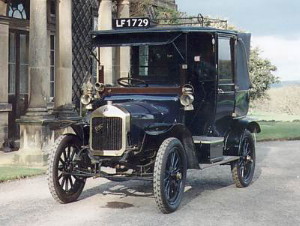 The French mathematician pictured here, Marin Mersenne (1588-1648), was fascinated by prime numbers.
The French mathematician pictured here, Marin Mersenne (1588-1648), was fascinated by prime numbers.
At one point, he was examining numbers of the form 2ⁿ-1 (now called Mersenne Numbers) and wondered what values of n would produce prime numbers. He rapidly deduced that n, itself, had to be prime, but there were more challenges in store because this was not always true. For example, even though n = 11 is prime, M11 = 2¹¹-1 = 2047 = 23 × 89. Yet, the largest known prime number (2^57,885,161) − 1 is a Mersenne prime.
Mathematicians still do not know if there are an infinite number of primes among the Mersenne numbers but their search is helping them understand numbers better.
To understand this anecdote, it is important that you know that the French mathematician Édouard Lucas (1842-1891) had demonstrated in 1876 that M67 must have factors (i.e., is not prime). Unfortunately, he was unable to determine what those factors were.
The dramatic event that I wish to describe is this:
In 1903, for the 31 October meeting of the American Mathematical Society, Frank Nelson Cole had announced that he would speak "On the Factorisation of Large Numbers." He turned to the chalkboard and, in complete silence, calculated the value of M67 (which was 147,573,952,589,676,412,927). Then, next to that calculation, he wrote 193,707,721 × 761,838,257,287 and proceded to calculate that product. Upon demonstrating that the two results were equal, he received a standing ovation. He had not spoken a single word during the entire presentation.
This public address is still known in mathematical circles as the only occasion in which a mathematical presentation has been made without any use of the spoken word at all. It is also said to be the only talk ever held during an AMS meeting where the audience applauded.
There were no questions.










 A teacher friend of mine from Darwin (Miss Jeanne-Marie Bernier) told me of this story as it was related on Radio National (Australia).
A teacher friend of mine from Darwin (Miss Jeanne-Marie Bernier) told me of this story as it was related on Radio National (Australia).